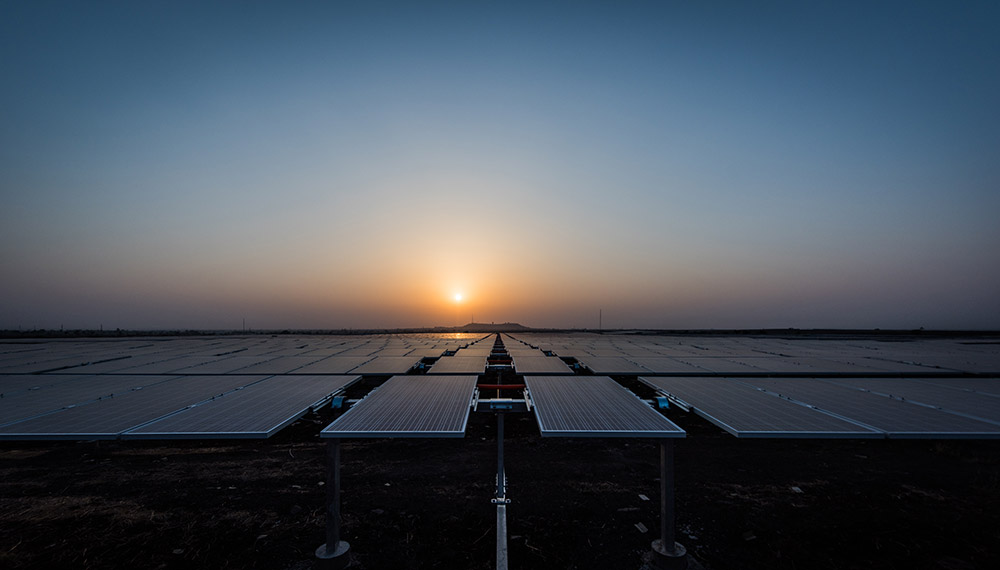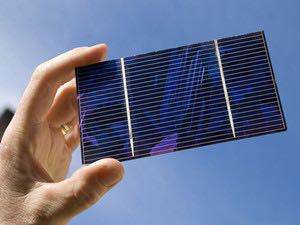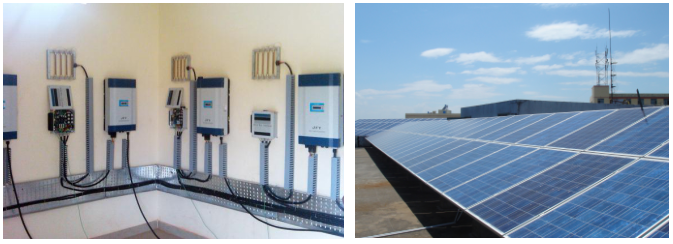7.31 latest news,the first abroad stop-India was blocked?
News express: The latest information on the morning of July 31st, since July 30th, India is imposed a 25% anti-dumping duty on importing solar modules.
The “5.31”PV new policy has been announced for nearly two months, the market in China is still in mess. Although the state and local governments have issued some supplementary policies, but still not clear enough. Except for launching emergency measures, the PV industry manufacturers are also stepping up their efforts to promote overseas market deployment. Perhaps because of Chinese PV market is too hot in the past two years, so, most of companies were focused on their domestic market, after all, where is the “cake” where is the “crowd”.
About the overseas market, the competitive pressure of famous international brands, the bloody battle of prices, the high cost of operation and after-sales maintenance, have made many companies which had great achievement in abroad shows no interest to participate in the competition. In fact, in the traditional European overseas market, as well as the emerging South American and South Asian markets, there are still plenty of opportunities. Countries have announced some decrees on PV power generation industry. Now we will discuss the situation in the Indian market briefly.
As a South Asian subcontinent country, India has abundant solar energy. The Modi government announced that develops 100 GW of PV industry by 2022, which is great encouragement to the market.
According to the Indian industry prediction, the total PV installed capacity is about 50-75 GW in 2022, which is about 60% the target of the Indian government, and the rooftop project installed capacity is about 10 GW.
At the first season of 2018, the issuance of tenders for new utility scales increased significantly. The total amount of tenders for 13 new utilities were 11.945 GW, increasing 68% than last year. However, the capacity of rooftop project has dropped by 50% to 102 MW.
JFY inverter power plant in India
According to the Indian solar industry media report at the first season of 2018, the total new market capacity is: 3.766GW. Among them, Huawei occupied 22% market shares-757MW, ABB and Sungrow got 583MW, 527MW capacity respectively. This shows that distributed ground mounted power plants are also favored in India, the manufacturers in China can follow up and develop ground mounted power station project besides rooftop project.
The capacity prediction for new PV project in the second and third seasons is somewhat down, with capacities of 787 MW and 1175 MW respectively. More likely due to the Indian PV polices imposed by the Indian government which were released in 2018 lead to this result. so the companies in the industry are suspended some projects and declined the project capacity too.

The latest news: The final ruling has been announced on July 31. The tariff policy is implemented as follows: About PV modules and batteries which is imported from China and Malaysia, the India General Trade and Relief Administration proposes to collect two years of defensive tariffs (the first year tax rate is 25%, the former 6 months tax rate of the second year is 20%, the later 6 months tax rate of the second year is 15%.).
In fact, India double-reverse investigation about China’s PV module has been taken in place in 2012, 2014, 2015, and 2018. Due to the weak manufacturing capacity and strong demand of India’s domestic market, it’s nothing happened finally. For the strong product demand and the ambitious new energy development goal, the implementation of defensive tariffs policy may only bring the negative influence on increasing the power station construction cost or reducing the PV module’s efficiency.

The final ruling announced on July 31st also surprised the people who works in the industry. However, the international market has always been more than a purely economic game. What will happen next? Let us pay attention to it continuously.





